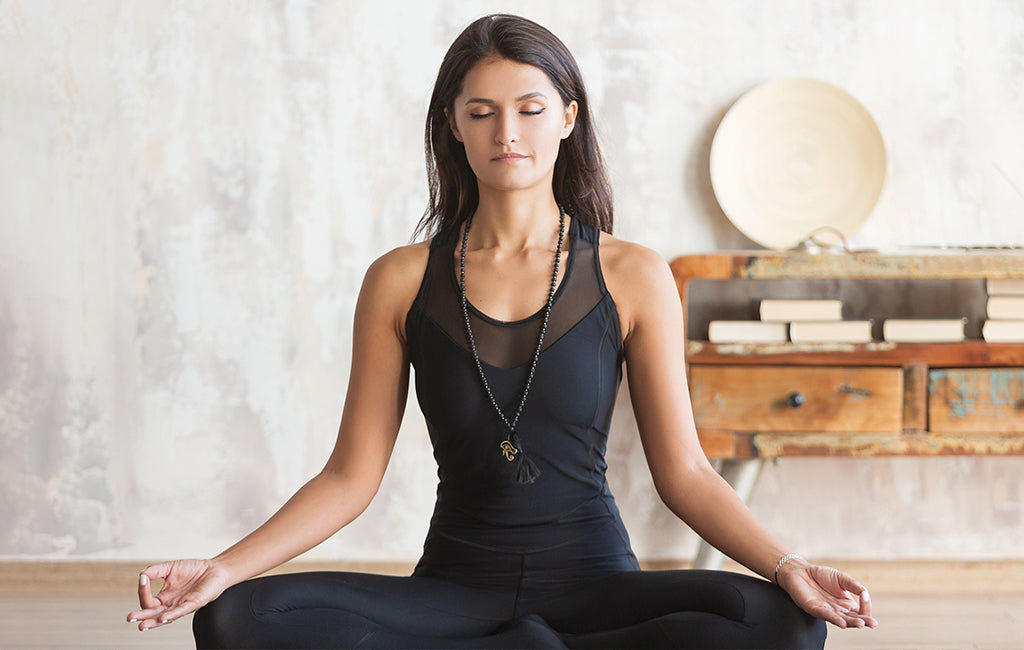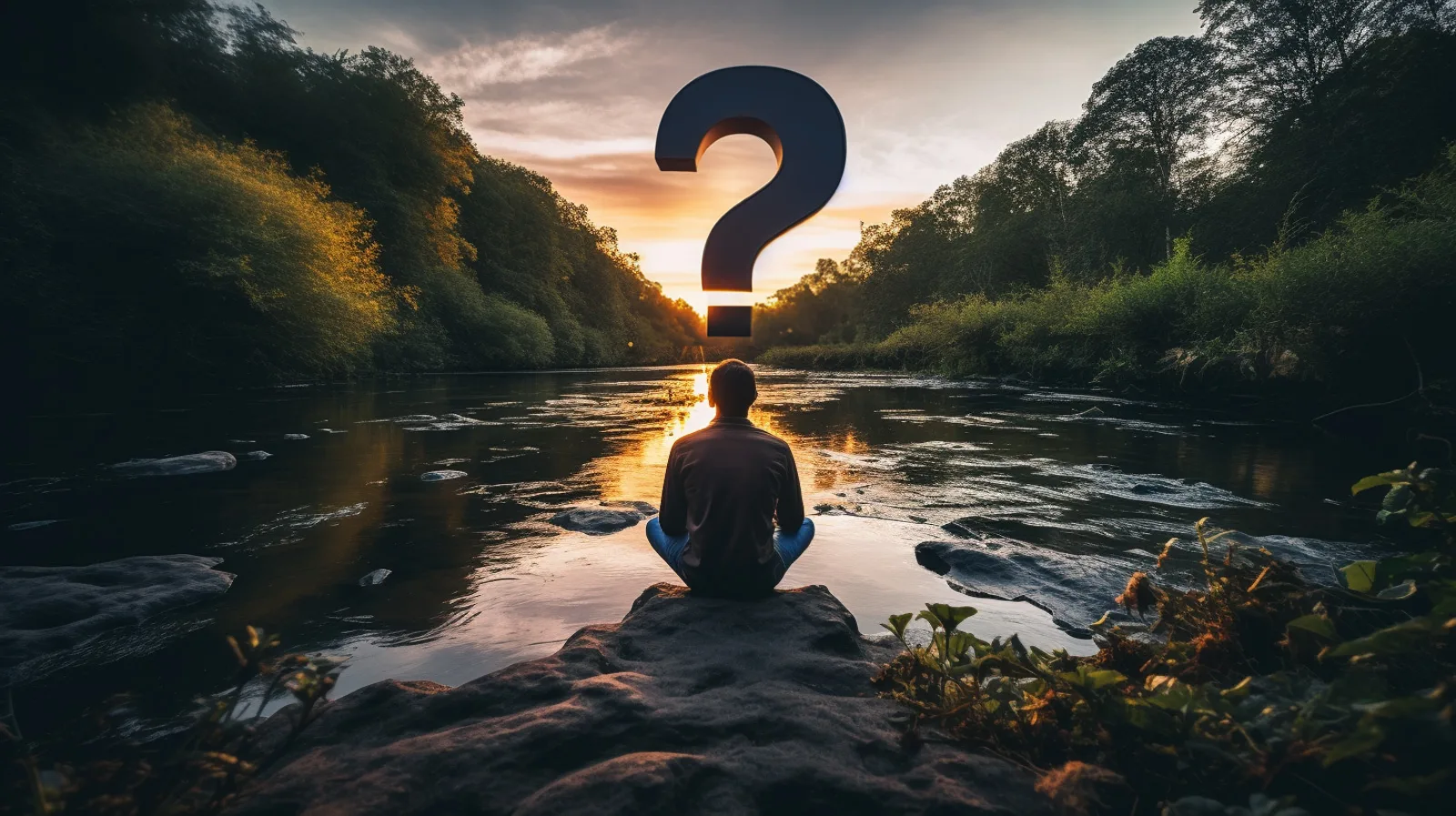How to Meditate? Crucial Tips for Busy People
How to Meditate? Crucial Tips for Busy People
Blog Article
Begin Your Journey: Straightforward Actions on Just How to Meditate for Newbies
Meditation, commonly viewed as an elusive technique booked for the knowledgeable, can actually serve as a foundational device for any person looking for clarity and calm in their daily life. The journey of reflection holds more deepness than one may anticipate, welcoming further exploration right into its transformative elements.
Recognizing Meditation Essentials
Meditation functions as an effective device for enhancing mental clearness and psychological health. At its core, reflection is a method of focused interest and understanding, enabling individuals to cultivate a much deeper understanding of their emotions and ideas. By engaging in this technique, practitioners can achieve a state of relaxation and mindfulness, which can considerably decrease anxiety and stress and anxiety levels.
Understanding the fundamentals of reflection involves acquainting oneself with various strategies, such as mindfulness, loving-kindness, and transcendental reflection. How to meditate?. Each method has its one-of-a-kind technique, yet all share a common objective: to foster a feeling of internal tranquility and self-awareness. Newbies should begin with basic practices, such as concentrating on the breath or observing ideas without judgment
Moreover, consistency is vital. Establishing a normal meditation regimen, also if only for a couple of mins each day, can yield considerable benefits in time. As individuals progression in their technique, they may find their ability to focus boosts, resulting in greater emotional stability and durability. Inevitably, reflection is not just a getaway from fact; it is an extensive journey toward greater self-discovery and general psychological wellness.
Searching For Your Ideal Space
Developing a favorable setting for meditation is important for optimizing its advantages. Your picked room must advertise peace, enabling you to concentrate inward without disturbances. Begin by selecting a location that feels secure and comfortable, whether it be a quiet edge of your home, a garden, or a regional park.
Soft lights can improve relaxation, while all-natural light can revitalize your spirit. Make certain the space is totally free from mess, as a clean environment promotes a clear mind.
Sound plays a substantial duty in your reflection space. Objective for a silent location to lessen disruptions, or use soft background songs or nature sounds if you find silence unsettling (How to meditate?). The temperature should additionally be comfortable; neither as well cool neither too hot, to stop diversion throughout your practice
Last but not least, individualizing your area with significant things-- such as crystals, photos, or meaningful quotes-- can develop a much deeper link to your practice. By thoughtfully curating your environment, you established the phase for a more reliable and extensive meditation experience.
Choosing a Comfortable Position
Finding the best position for meditation is essential to keeping focus and comfort throughout your technique. The perfect pose permits for both physical security and psychological alertness, making it simpler to focus on your meditation goals.
There are numerous placements to think about, each with its very own advantages. Sitting cross-legged on the floor is a prominent choice, promoting an upright spinal column and grounding your energy. If this position is uncomfortable, consider making use of a cushion to elevate your hips, which can ease pressure on your knees and back. A chair can offer the necessary support, allowing your feet to rest flat on the ground, making sure security and convenience.
You may additionally pick to rest if sitting is not appropriate for you, yet beware, as this can lead to drowsiness. Whatever placement you select, make sure that your body is loosened up yet alert. Keep your shoulders back and your hands relaxing conveniently on your lap or knees. Inevitably, the finest position is one that feels natural to you and enables you to keep focus, helping with a much deeper connection with your reflection technique.
Breathing Techniques to Beginning
Beginning your meditation exercise with reliable breathing methods can dramatically enhance your experience. Breath works as the foundation of reflection, providing a centerpiece that assists anchor your visit this website mind and grow mindfulness.
To begin, practice diaphragmatic breathing, which engages the diaphragm and advertises deeper inhalation. Hold your breath for a matter of 4, after that breathe out gradually via your mouth for a count of 6, allowing your abdominal area to drop.
Another beneficial strategy is the 4-7-8 approach. Breathe in via your nose for a matter of four, hold your breath see this here for 7 counts, and breathe out slowly with your mouth for eight counts. This pattern not just relaxes the mind however likewise minimizes anxiousness, making it easier to clear up right into your meditation practice.
Trying out these strategies to find what reverberates best with you, and remember to keep a relaxed position and an open mind as you start your trip into meditation.
Tips for Consistency and Growth

Developing a welcoming meditation space is also critical. In addition, think about using guided reflections or meditation apps, which can supply framework and selection to your sessions.
Start with short durations, progressively boosting the moment as you become a lot more comfy. This incremental approach not only makes meditation much less challenging however also enables your technique to grow organically. Tracking your progression in a journal can additionally be practical; noting your experiences and feelings after each session can improve self-awareness and motivation.
Finally, keep in mind that meditation is a personal journey. Be patient with on your own and welcome the learning process, understanding that uniformity and development are constructed over time.
Conclusion
In conclusion, reflection serves as a beneficial technique for promoting mental quality and emotional wellness. By recognizing the fundamental ideas of meditation, selecting an appropriate area, embracing a comfy posture, and making Web Site use of effective breathing strategies, individuals can embark on a meeting reflection trip.
Comprehending the basics of reflection includes acquainting oneself with numerous methods, such as mindfulness, loving-kindness, and copyright. Inevitably, the finest position is one that really feels natural to you and allows you to preserve focus, facilitating a much deeper connection with your reflection practice.
Establishing a regular reflection practice can dramatically improve your mindfulness journey and personal development. Additionally, take into consideration using assisted meditations or reflection apps, which can give structure and variety to your sessions.

Report this page